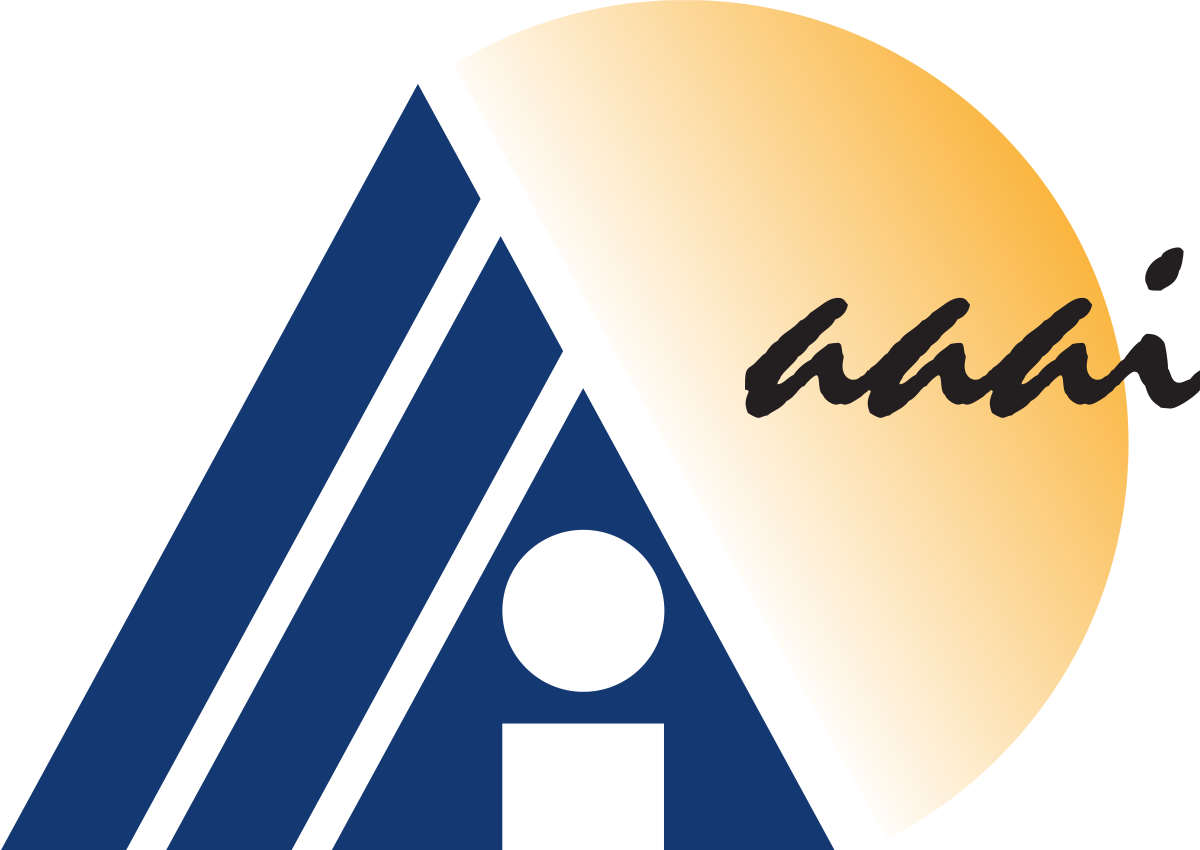
aaai 1980 论文列表Proceedings of the 1st Annual National Conference on Artificial Intelligence, Stanford University, CA, USA, August 18-21, 1980. |
Narrative Text Summarization.
Meta-Planning.
Organizing Memory and Keeping it Organized.
Failures in Natural Language Systems: Applications to Data Base Query Systems.
Language and Memory: Generalization as a Part of Understanding.
Knowledge Representation for Syntactic/Semantic Processing.
Towards an AI Model of Argumentation.
The Semantic Interpretation of Nominal Compounds.
Generating Relevant Explanations: Natural Language Responses to Questions about Database Structure.
When Expectation Fails: Towards a Self-Correcting Inference System.
Some Requirements for a Computer-Based Legal Consultant.
An Application of the Prospector System to DOE's National Uranium Resource Evaluation.
Trouble-Shooting by Plausible Inference.
A Word-Finding Algorithm with a Dynamic Lexical-Semantic Memory for Patients with Anomia Using a Speech Prosthesis.
Theory Directed Reading Diagnosis Research Using Computer Simulation.
A Knowledge Based Design System for Digital Electronics.
Project EPISTLE: A System for the Automatic Analysis of Business Correspondence.
Exploiting a Domain Model in an Expert Spectral Analysis Program.
Rule-Based Models of Legal Expertise.
RI: an Expert in the Computer Systems Domain.
Piaget and Artificial Intelligence.
Performing Inferences over Recursive Data Bases.
Structure Comparison and Semantic Interpretation of Differences.
Overview of an Example Generation System.
Perceptual Reasoning in a Hostile Environment.
Design Sketch for a Million-Element NETL Machine.
A Theory of Metric Spatial Inference.
Intelligent Retrieval Planning.
Self-Correcting Generalization.
An Approach to Acquiring and Applying Knowledge.
Using a Matcher to Make an Expert Consultation System Behave Intelligently.
Approaches to Knowledge Acquisition: The Instructable Production System Project.
A Computer Model of Child Language Learning.
Modelling Student Acquisition of Problem-Solving Skills.
Applying General Induction Methods to the Card Game Eleusis.
Real Time Causal Monitors for Complex Physical Sites.
Everything You Always Wanted to Know About Authority Structures But Were Unable to Represent.
Metaphors and Models.
On Supporting the Use of Procedures in Office Work.
Reasoning about Change in Knowledgeable Office Systems.
A Process for Evaluating Tree-Consistency.
Rule-Based Inference in Large Knowledge Bases.
Descriptions for a Programming Environment.
Interactive Frame Instantiation.
Knowledge-Based Simulation.
Research on Expert Problem Solving in Physics.
Computer Interpretation of Human Stick Figures.
Spatial and Qualitative Aspects of Reasoning about Motion.
A Representation Language Language.
Knowledge Embedding in the Description System Omega.
A Frame-Based Production System Architecture.
Inference with Recursive Rules.
Representing Knowledge in an Interactive Planner.
Problem Solving in Frame-Structured Systems Using Interactive Dialog.
SCOUT: A Simple Game-Searching Algorithm with Proven Optimal Properties.
Multiple-Agent Planning Systems.
Making Judgments.
A Planner for Reasoning about Knowledge and Action.
On Waiting.
DELTA-MIN: A Search-Control Method for Information-Gathering Problems.
Representation of Control Knowledge in Expert Systems.
Representation of Task-Specific Knowledge in a Gracefully Interacting User Interface.
Quantifyimg and Simulating the Behavior of Knowledge-Based Interpretation Systems.
HEARSAY-II: A Domain-Independent Framework for Expert Systems.
Max-Mim Chaining of Weighted Causal Assertions is Loop Free.
Pathology on Game Trees: A Summary of Results.
What's Wrong with Non-Monotonic Logic?
First Experiments with Rue Automated Deduction.
HCPRVR: An Interpreter for Logic Programs.
Automatic Generation of Semantic Attachments in FOL.
A Technique for Establishing Completeness Results in Theorem Proving with Equality.
On Proving Laws of the Algebra of FP-Systems in Edinburgh LCF.
An Efficient Relevance Criterion for Mechanical Theorem Proving.
A Program Model and Knowledge Base for Computer Aided Program Synthesis.
A Basis for a Theory of Program Synthesis.
Incremental, Informal Program Acquisition.
Automatic Goal-Directed Program Transformation.
Some Algorithm Design Methods.
Question Ordering in a Mixed Intiative Program Specification Dialogue.
An Optimisation Approach for Using Contextual Information in Conputer Vision.
Human Movement Understanding: A Variety of Perspectives.
Automated Inspection Using Gray-Scale Statistics.
Interference Detection and Collision Avoidance Among Three Dimensional Objects.
Locating Partially Visible Objects: The Local Feature Focus Method.
Bootstrap Stereo.
Static Analysis of Moving Jointed Objects.
Constraint-Based Inference from Image Motion.
Sticks, Plates, and Blobs: A Three-Dimensional Object Representation for Scene Analysis.
Interpretive Vision and Restriction Graphs.
Information Needed to Label a Scene.
Shape Encoding and Subjective Contours.
Interpreting Line Drawings as Three-Dimensional Surfaces.
What Should be Computed in Low Level Vision Systems.
Mapping Image Properties into Shape Constraints: Skewed Symmetry and Affine-Tramsfornable Patterns, and the Shape-from-Texture Paradigm.
A Statistical Technique for Recovering Surface Orientation from Texture in Natural Imagery.

